
Today is the birthday of Edward F. Sweeney (May 10, 1860-1923). Although born in San Francisco, Sweeney was involved with founding the Seattle Brewing & Malting Company, the makers of Rainier Beer, along with several other brewery and other businesses in the Seattle area.
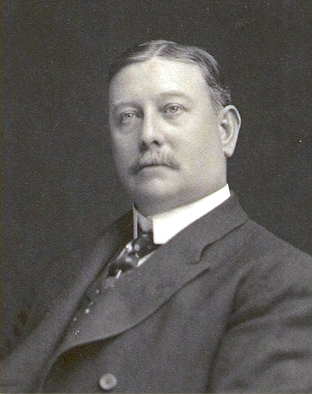
Here’s a biography of Sweeney from “An Illustrated History of the State of Washington,” by Rev. H.K. Hines, published in 1893, as it appears on the Brewery Gems page for Sweeney, by Gary Flynn.
Edward F. Sweeney, Secretary of the Seattle Brewing & Malting Company, is a native son of the Golden West, born in San Francisco, California, May 10, 1860.
His father, Morgan Sweeney, was a California pioneer of 1850, who made mining the occupation of his life. He (Morgan) was married in California to Miss Mary Nunan¹, whose father was also a pioneer of the State.
Edward F. Sweeney was educated at St. Mary’s College in San Francisco. His business career began at the age of seventeen, in the French Savings Bank, but shortly after be entered the office of the brewery² of M. Nunan and remained two years. He then went to the Fredericksburg Brewery at San Jose and entered practically into the study of the brewery business. After becoming thoroughly conversant with all details of manufacture and with methods of conducting such an enterprise, he returned to San Francisco as superintendent of Mr. Nunan’s plant, which turned out about 30,000 barrels of beer per year.
In 1882-84 (depending on the account), he came to Seattle, and, forming a co-partnership with W. J. Rule, built a small brewery south of town for the manufacture of steam beer. The firm of Rule & Sweeney continued about eighteen months (sic), when Mr. Rule retired and Mr. Sweeney continued operations alone, gradually increasing the extent of his plant as the conditions of the trade demanded.
In 1888 he organized a stock company known as the Claussen-Sweeney Brewing Company, with a capital of $80,000. The brewery was then rebuilt, and with improved machinery they entered exclusively into the manufacture of lager beer, with an annual output of 36,000 barrels, which was sold throughout the Northwest. In May, 1891, Mr. Claussen³ sold his interest to Mr. George F. Gund⁴, and the business was continued up to the spring of 1893, when the company consolidated with the Bay View Brewing Company and the Albert Braun Brewing Company, incorporating as the Seattle Brewing & Malting Company; capital stock, $1,000,000. Mr. Sweeney was elected secretary of the new organization, whose plant has a capacity for an annual output of 150,000 barrels.
Mr. Sweeney is also a stockholder of the King County Bank; a director of the National Bank of Commerce; owns valuable real-estate interests in Seattle, and mining interests in the Cascade Mountains. Socially, he affiliates with the K. of P., B.P.O.E., the Seattle Athletic Club and the Seattle Yacht Club. He is also a member of the Chamber of Commerce, and is a member of the manufacturing committee of that institution.
Gary Flynn, Brewery Gems, points out that there are several discrepancies with that account and he tries to correct them and adds later details of Sweeney’s life.

And here’s another from “An Illustrated History of the State of Washington.”
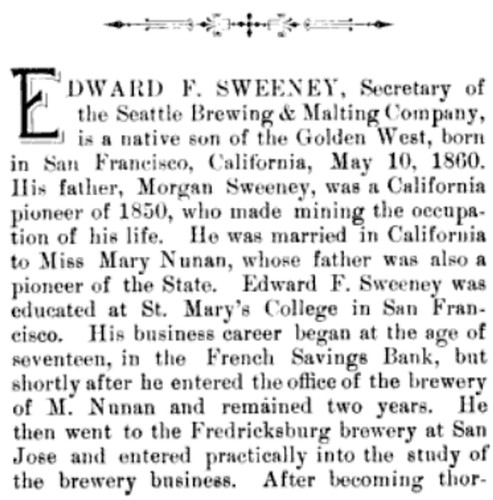
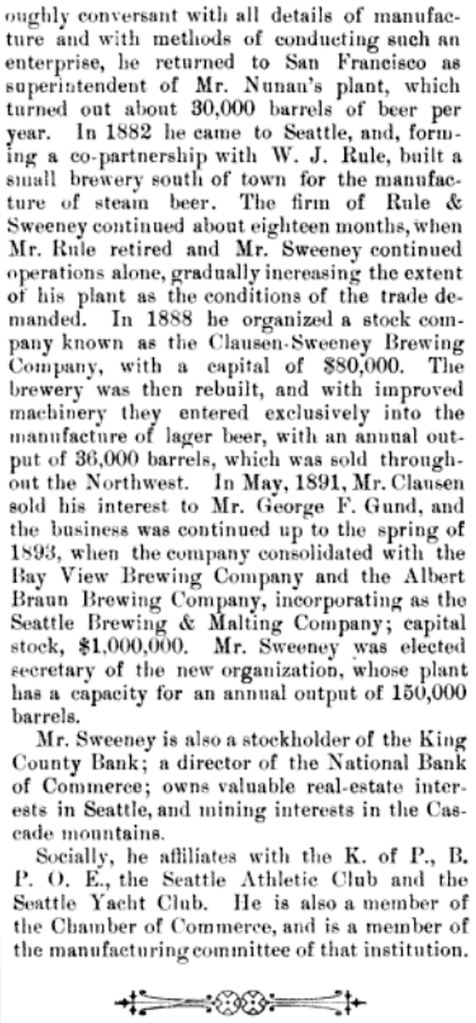

And here’s an account of how the brewery came to be known as the Seattle Brewing & Malting Company from the “History of Seattle from the Earliest Settlement to the Present Time, Volume 2,” by Clarence Bagley





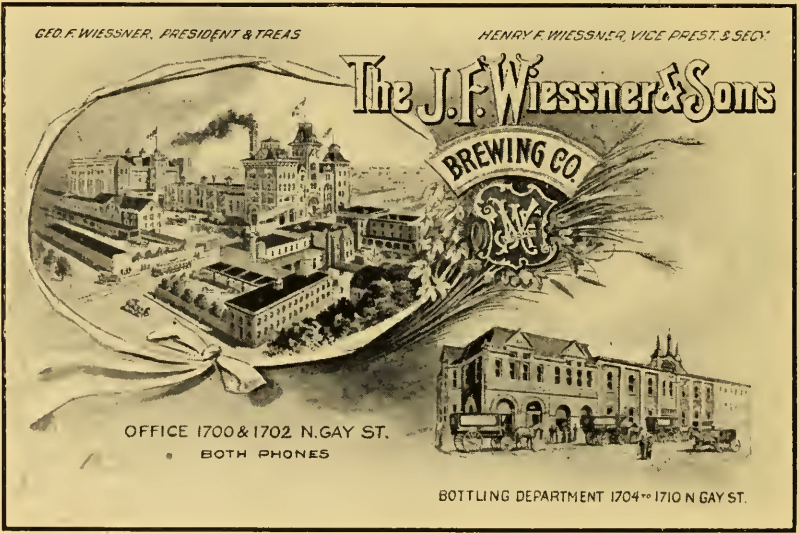
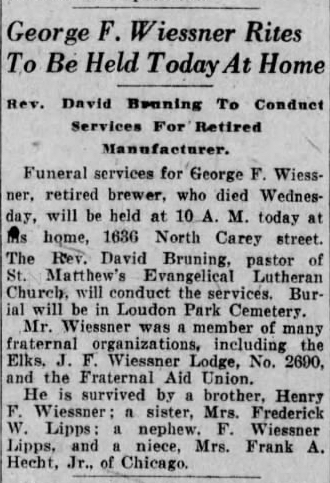
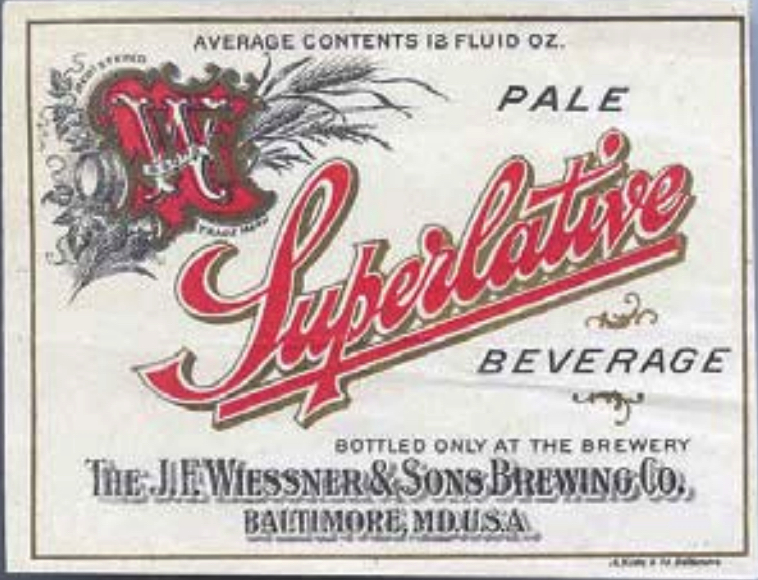
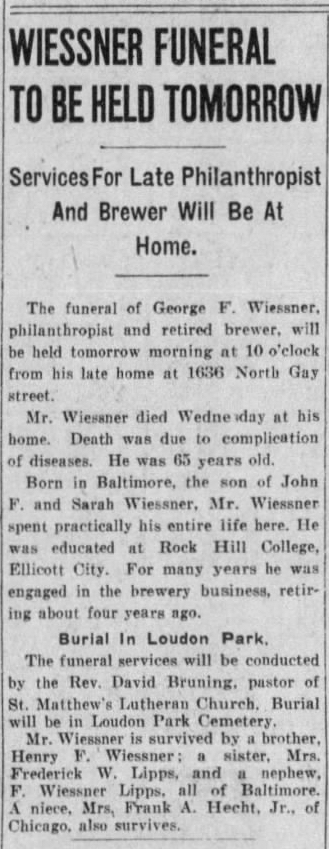
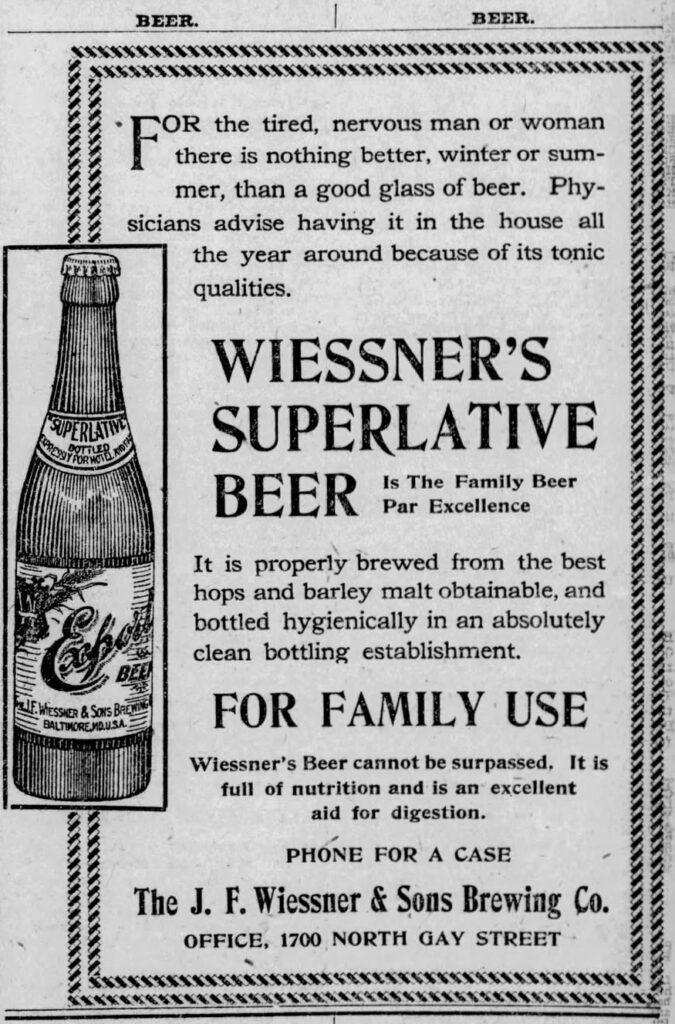
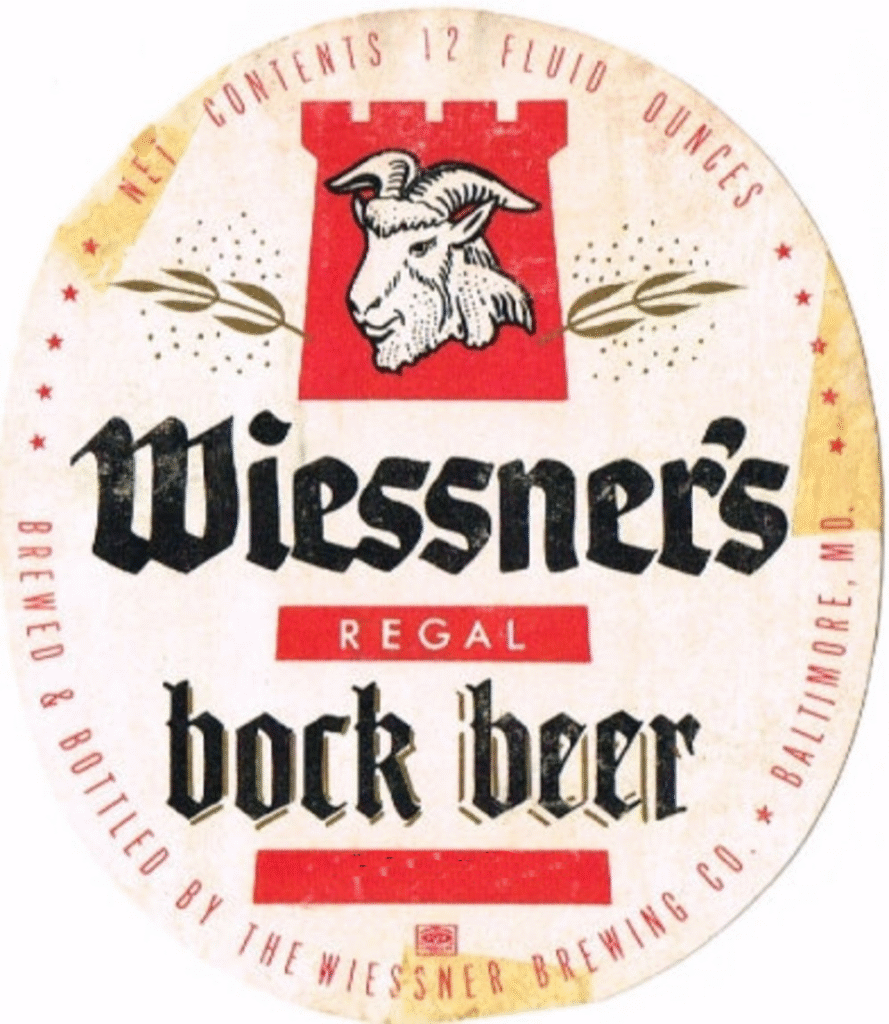
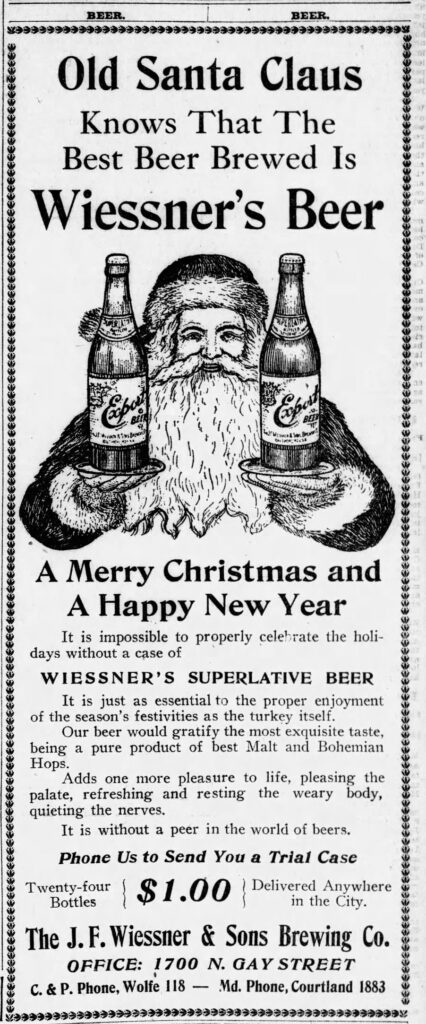
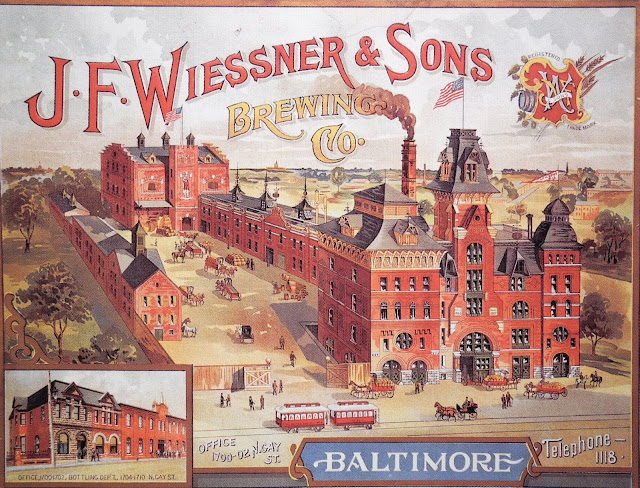


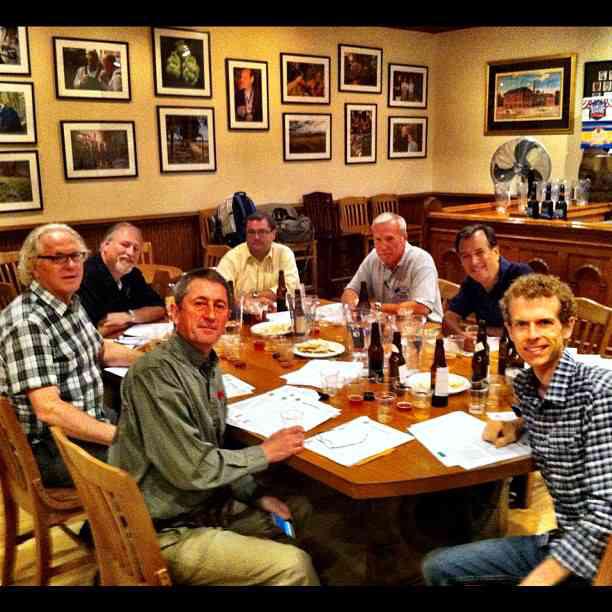
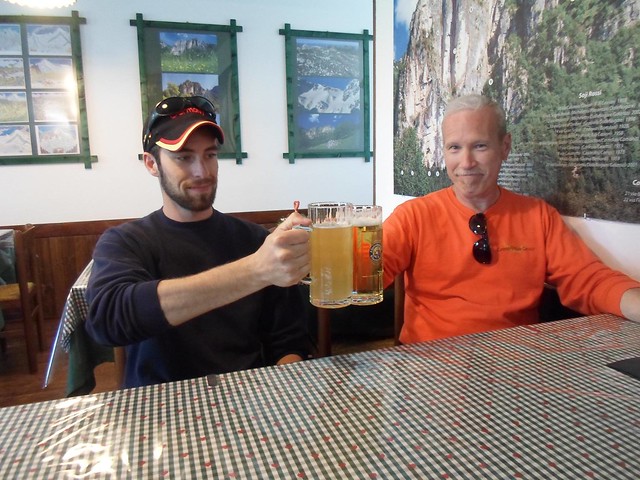




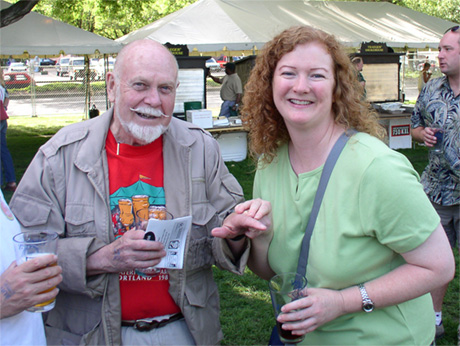
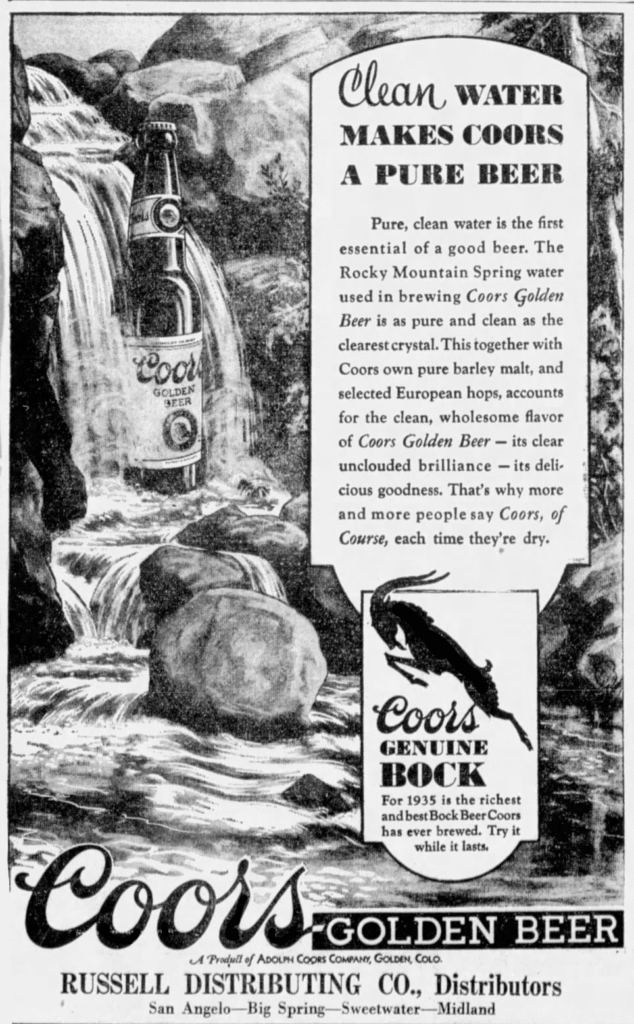

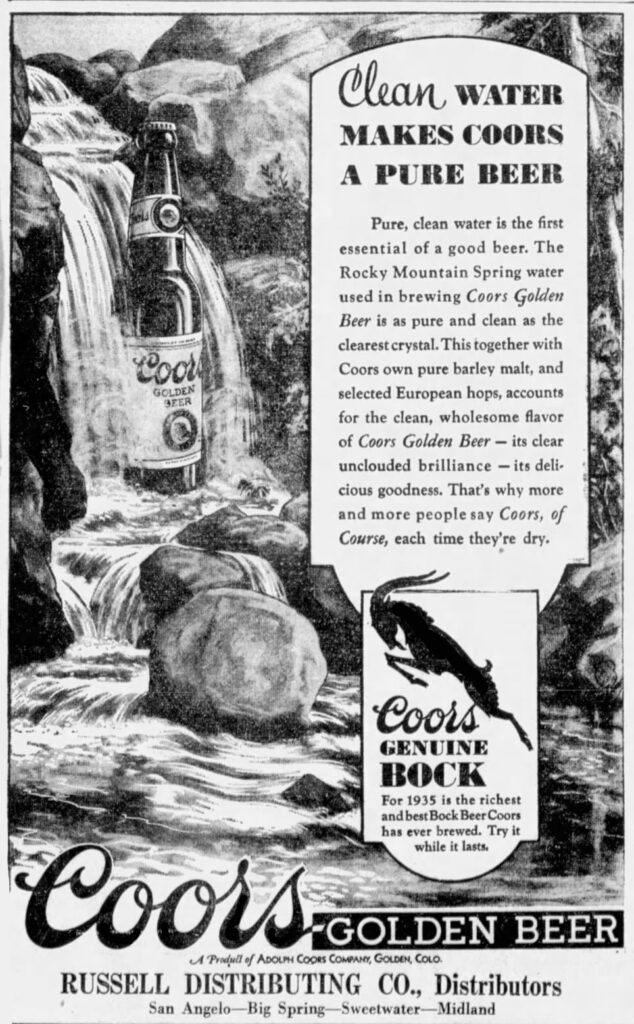


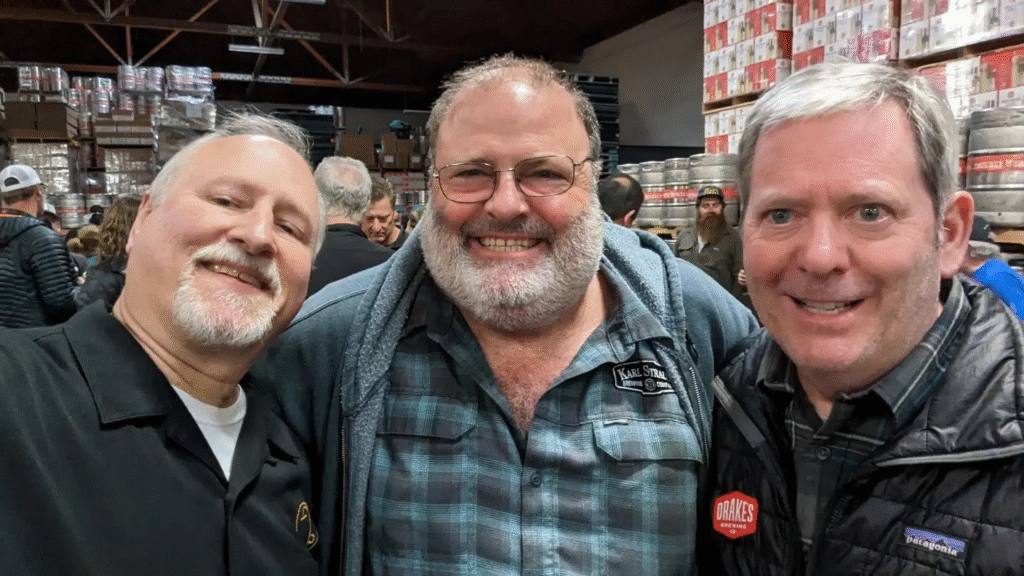
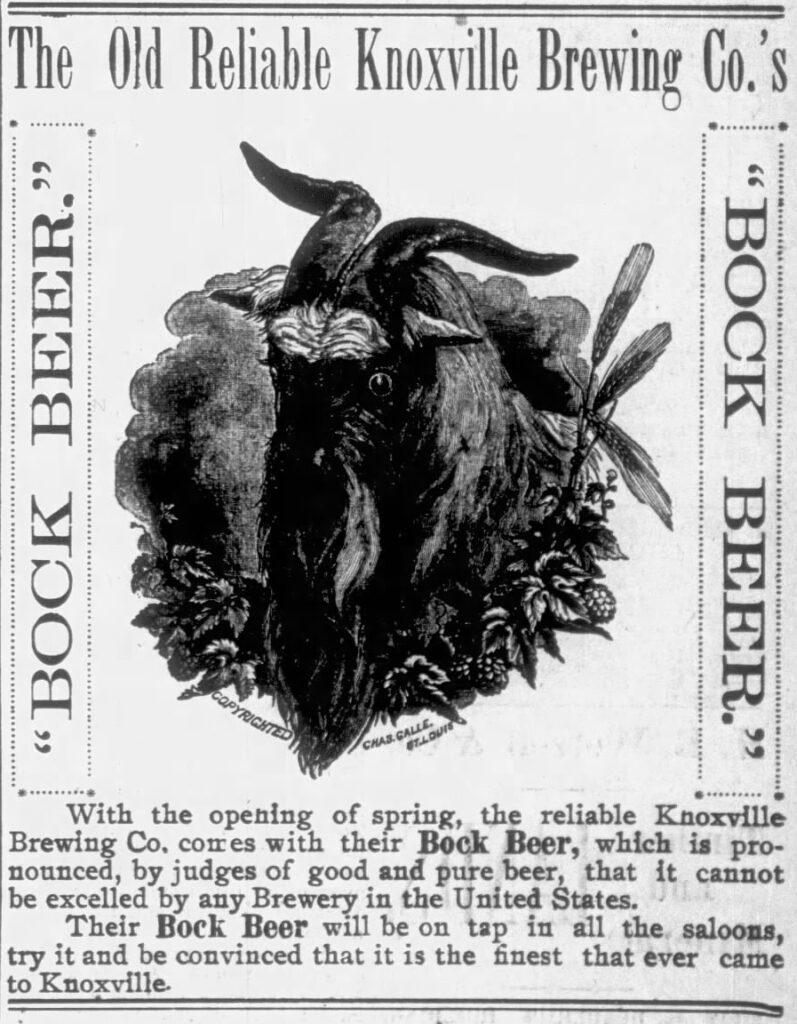


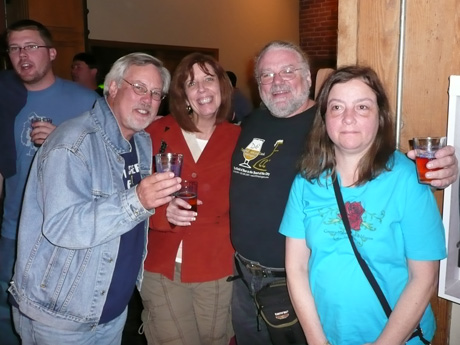
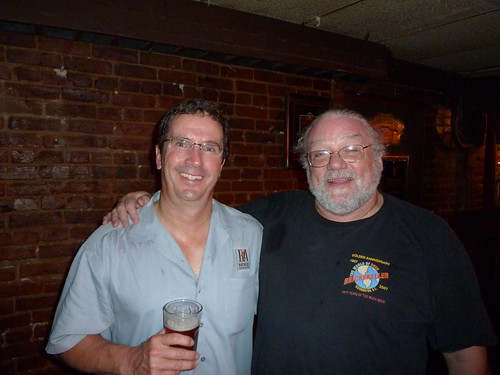
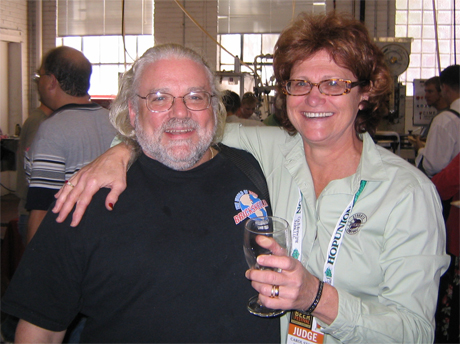



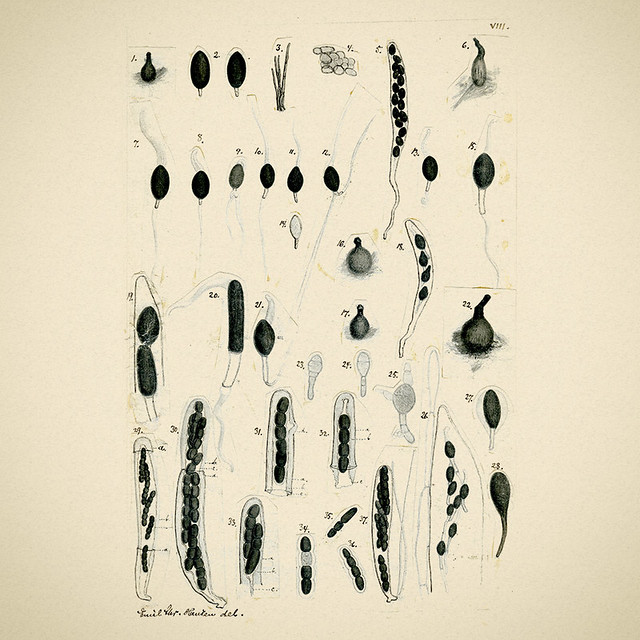
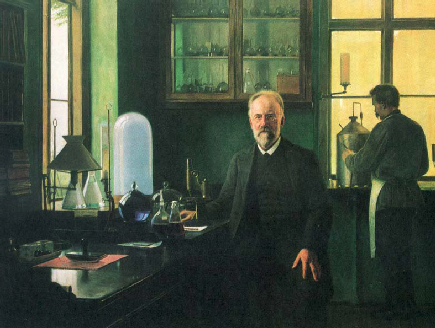
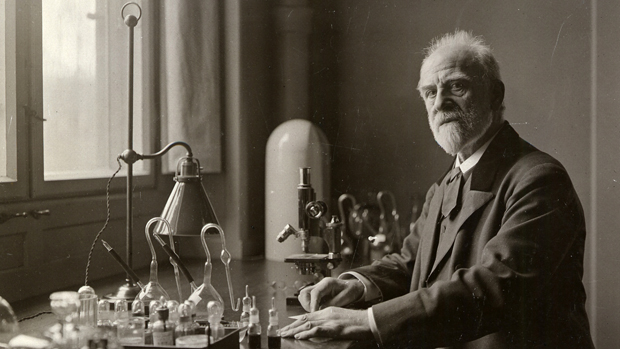 Emil Christian Hansen, taken in 1908, a year before his death.
Emil Christian Hansen, taken in 1908, a year before his death.
